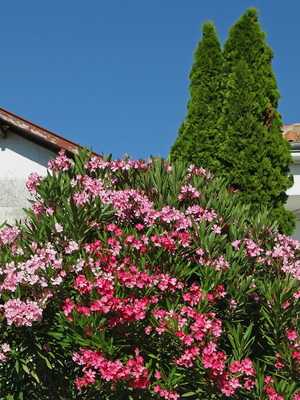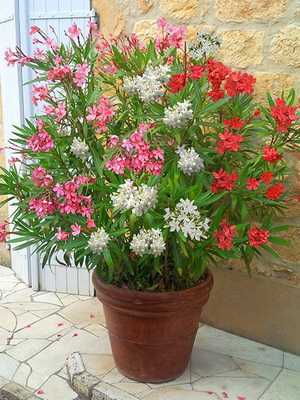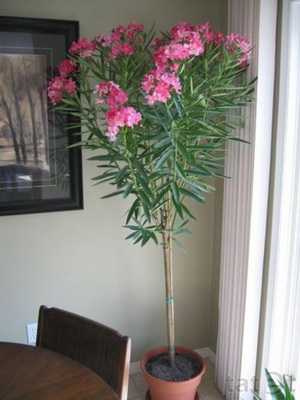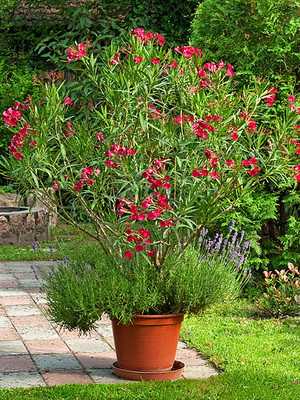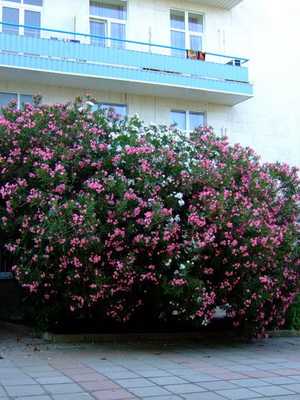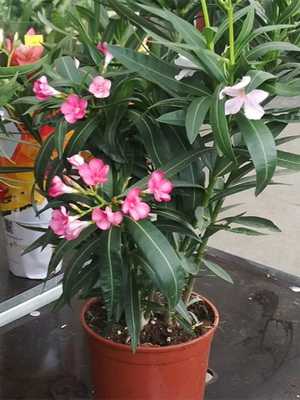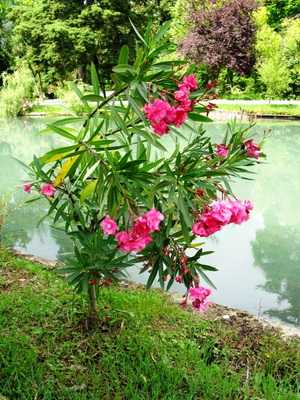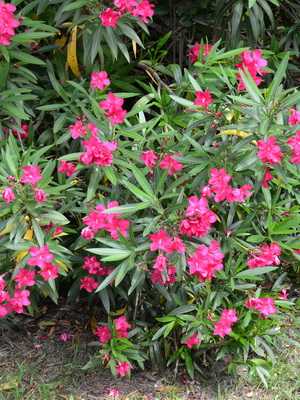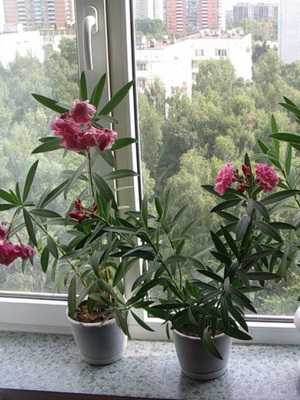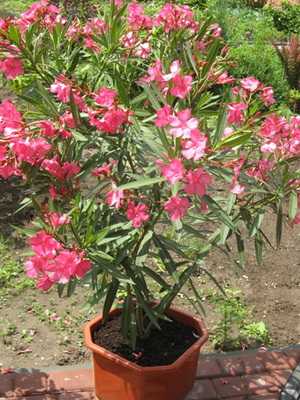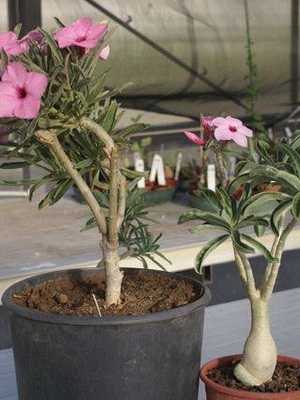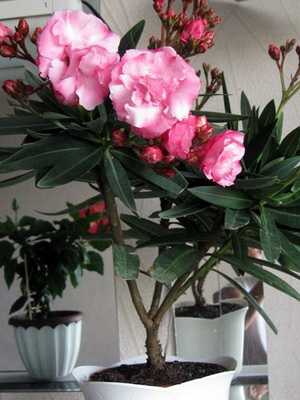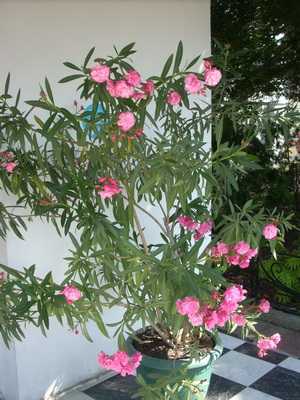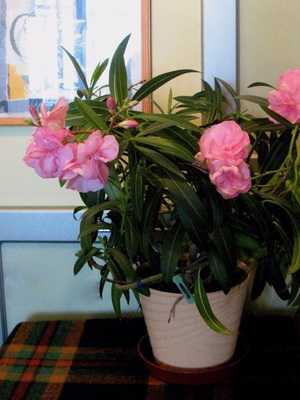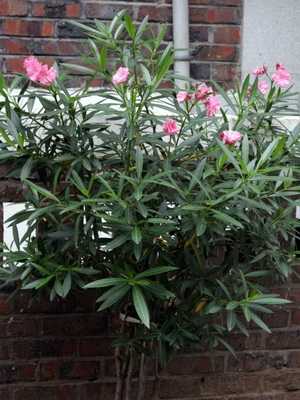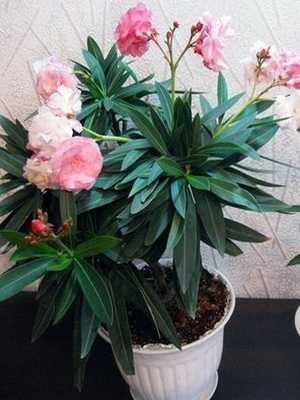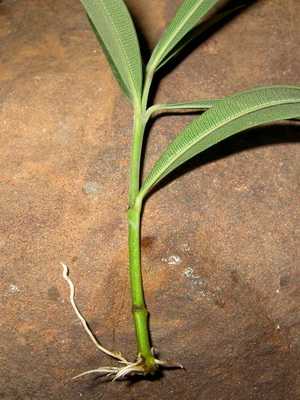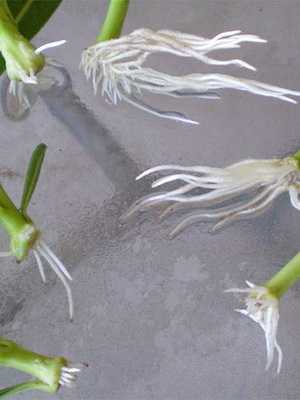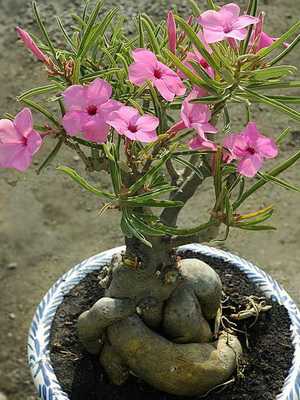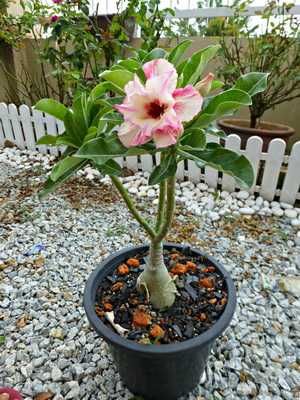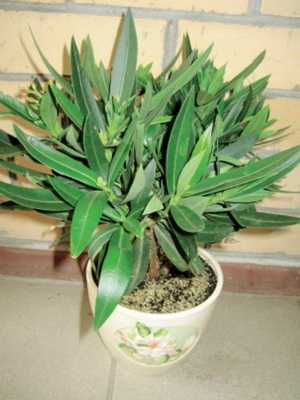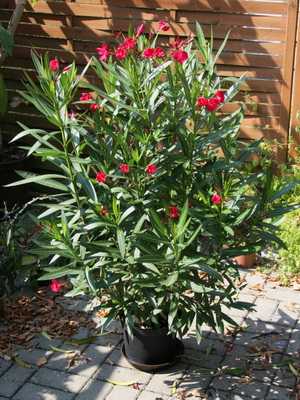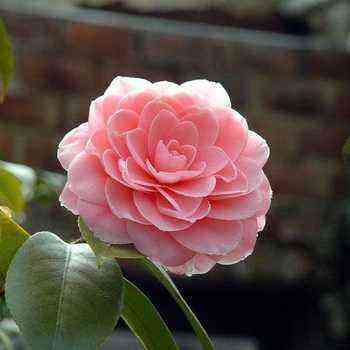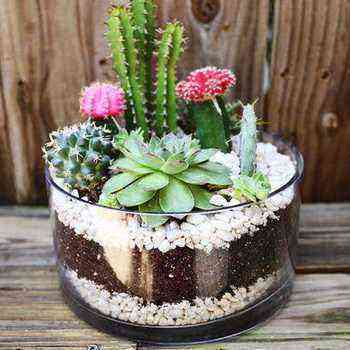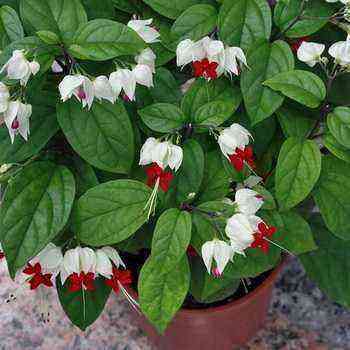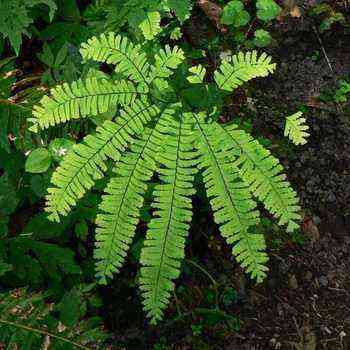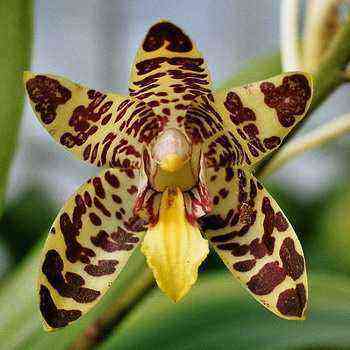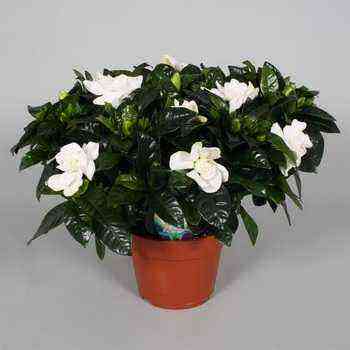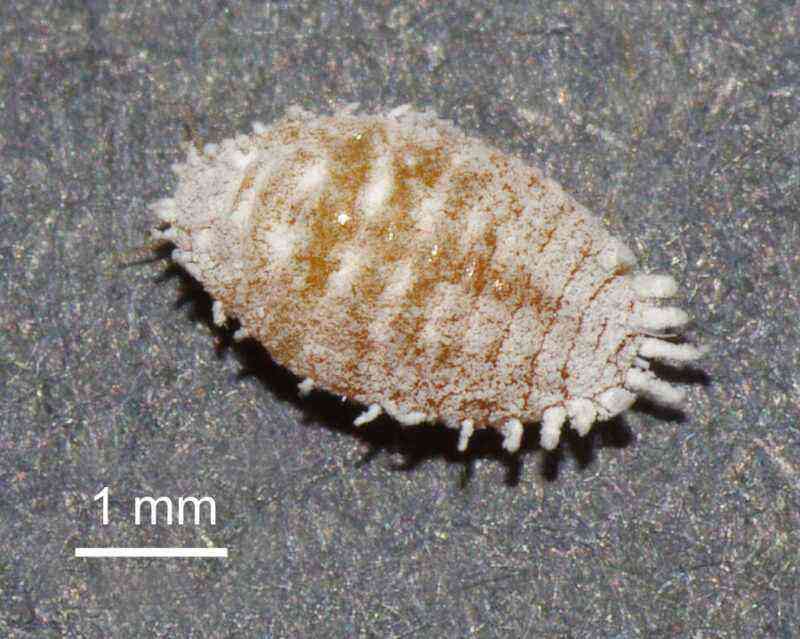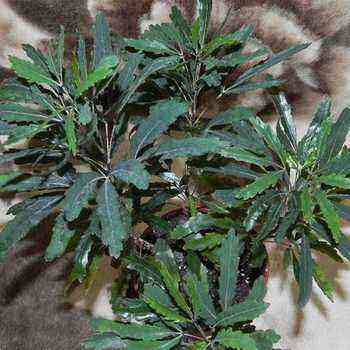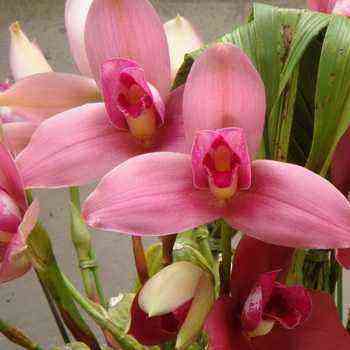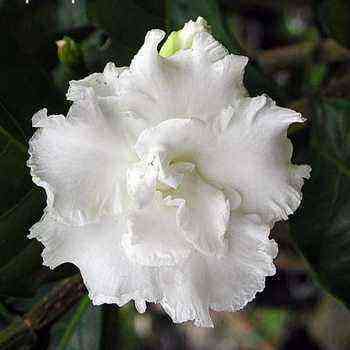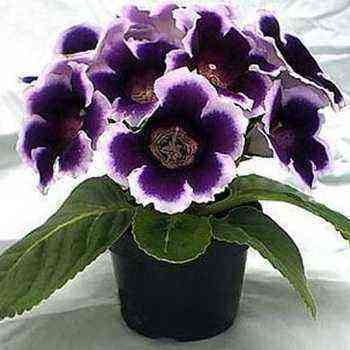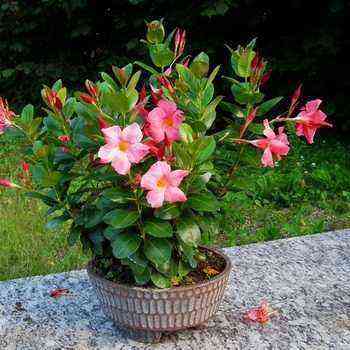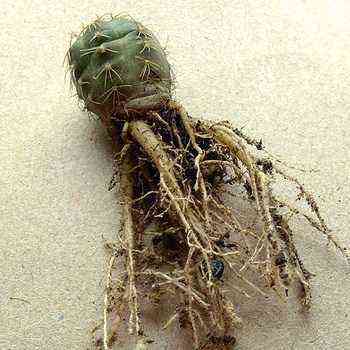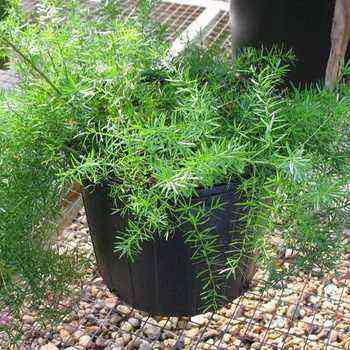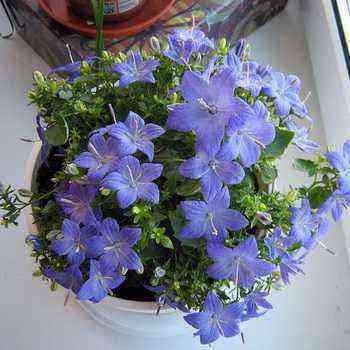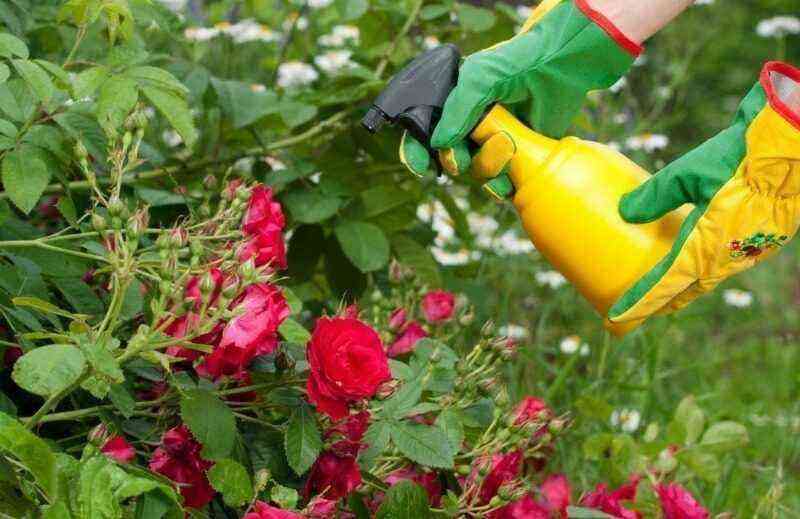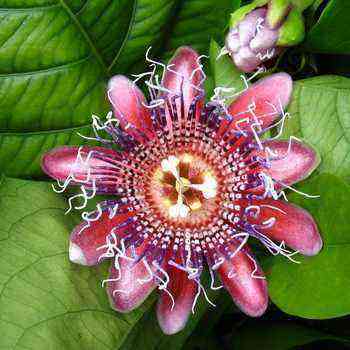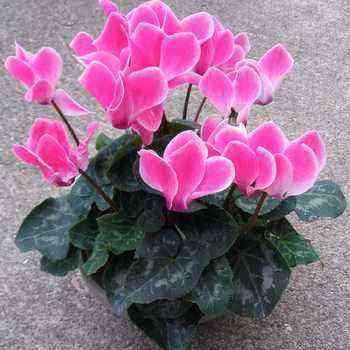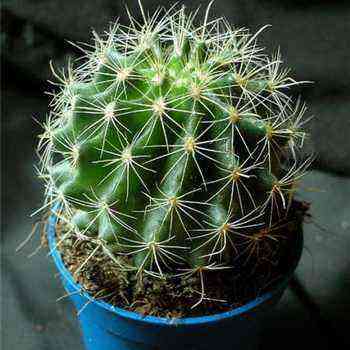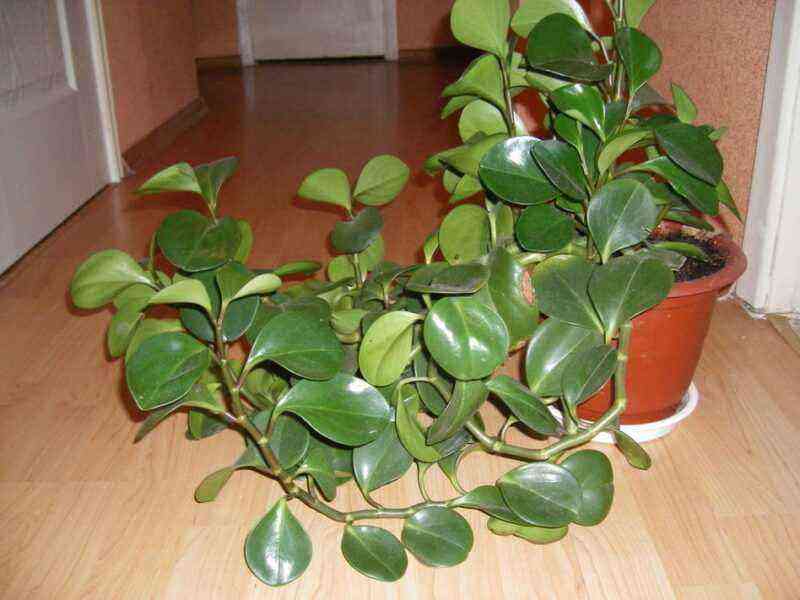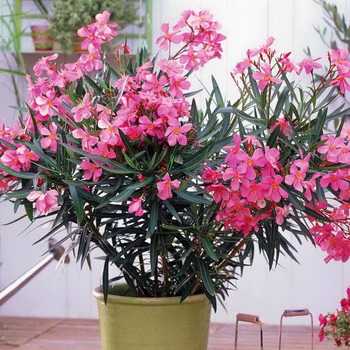
Oleander (Nerium) belongs to the Kutrovy family. His homeland is the subtropics of the Mediterranean.
This is one of the most ancient ornamental plants that adorned the gardens of Ancient Greece and Ancient Rome. His images are on the frescoes of the deceased Pompeii.
There are a lot of secrets and mysteries around the very name of the plant: the word “oleander” is also interpreted as a single root in Latin with olive, since both plants have similar leaves, while others argue that the word oleander contains a modified root of the Latin name for rhododendrons, with flowers of which oleander is also similar.
Common oleander is grown as indoor plants.
Where does the oleander tree grow?
In nature, there are 3 species, common in areas with a Mediterranean climate from southern Europe to North Africa and Japan.
If in these places in August you look from the mountain into the river valley, you will be attracted by the whimsical zigzags of pink ribbons on the emerald greenery. This is where oleander thickets grow along the banks of the river. Where oleanders grow, there is always a reservoir nearby. They grow, like our willows, along the banks of rivers, streams, ditches, reaching four meters in height. At the same time, oleanders are adapted to summer drought by the structure of their leaves, which is typical for many subtropical plants growing in humid places. Oleander leaves withstand even prolonged dry, hot winds – sirocco.
Oleander is widespread in the Crimea and the Caucasus. Its beautiful tall bushes with fragrant flowers adorn the embankments and boulevards of our southern seaside towns.
Next, you will learn what oleander looks like and how to grow it at home.
Description of oleander and a photo of the plant at the time of flowering
It is an ornamental shrub with beautiful flowers, erect shoots, flexible stems and narrow, leathery dark green leaves that resemble willow leaves. The flowers are simple or double, 2,5-5 cm in diameter, collected in a brush. The color of the flowers ranges from white and pink to bright red. Blooms from June to September
In rooms well, oleanders rarely bloom. The latter depends on the conditions of detention. Oleander should be pruned low, not only because it stretches, but also because flowers form at the ends of annual shoots.
In indoor conditions, it can reach a height of 2 m, so it should be kept in spacious rooms. The time of flowering begins in summer, the flowers have a strong aroma, therefore, during flowering, you need to keep it in a constantly ventilated room to avoid headaches.
These photos show blooming oleanders:
The Latin name, apparently associated with the name of the mythical sea nymph Nereid, means that it grows near the water. Species – consists of 2 words: “oleo” – fragrant and “andros” – one of the Greek islands. It turns out very beautiful and poetic: Nereid from the fragrant island of Andros. Blooming oleander is really so fragrant that it causes severe headaches and dizziness if you stay in the room where the tree is located.
When describing oleander, many many speculations and legends are recalled, many of which claim that deaths occurred not only as a result of chewing leaves or brewing tea from oleander flowers, but even when using its wood as fuel. So, there is a myth about how in 1809 the French soldiers of Napoleon’s army went to Madrid, having conquered which, they staged a looting. Twelve soldiers took lambs away from the inhabitants, fried them at the stake, using branches of unfamiliar plants – oleanders – as firewood and skewers. In the morning, seven of those who took advantage of the prey no longer woke up, and five more soldiers suffered the grave consequences of the poisoning. In India, oleander flowers are considered traditional for funerals.
How to care for oleander at home is described below.
Care and cultivation of an indoor oleander flower at home (with photo and video)
Location. An important condition for growing oleander is an abundance of sunlight. Oleander prefers a sunny, warm place, if possible in the fresh air: a balcony, a veranda. For normal growth and flowering, oleander needs a lot of sun and light, abundant watering. For better flowering when nursing and growing at home, it is recommended to take the oleander to the balcony, terrace, loggia in the summer.
Wintering. During the dormant period, like all plants of the subtropics, oleander needs a low temperature (8-15 ° C), otherwise it will not receive a period of relative dormancy, and this leads to weakening of the plant, shedding of leaves, poor flowering or its complete absence. Oleander has excellent frost resistance. Wintering in an unheated dark basement is tolerated by the plant much better than in a too warm room. Watering when caring for indoor oleander at this time is very moderate.
The substrate is sod and leafy soil, humus, sand (4: 2: 2: 1).
Watering. In the summer, water the oleander abundantly 2-3 times a week; in the winter, reduce the number of waterings to 2 times a month, but do not let the earth clod dry out.
Air humidity. To grow the oleander as strong as possible at home, spray the plant regularly, especially when kept in a room with central heating. In spring and summer, the soil should always be moist.
Transfer. At a young age, the home oleander flower is transplanted annually, after 5 years, once every 2-3 years. In the spring, the oleander is transplanted into a new land, consisting of sod, leaf, humus earth and sand in a ratio of 4: 2: 2: 1. If your shrub has reached two meters in height, with this size, transplanting is difficult, and then it is worth changing only the top layer of the earthen mixture in the tub.
Pruning. Some flower lovers complain that their oleander doesn’t bloom. This mainly depends on insufficient pruning. To care for the oleander correctly, according to experienced growers, you should cut it not only because it stretches out in the form of long sticks, but also because flowers form at the ends of annual shoots. Therefore, in order to induce strong flowering shoots, the oleander is pruned quite low. Of course, the cut branches will go to cuttings; with them you will increase the number of fragrant, beautiful, but poisonous plants.
Fertilizer. In the spring and summer, once a month, the plant is fed with liquid flower fertilizers. During flowering, they are fed at least twice a month with full mineral or organic fertilizer.
These photos show the techniques for caring for oleander at home:
Pests and diseases. In very dry conditions, it is easily affected by the scale insect and spider mite. Excessive moisture on the leaves and flowers leads to fungal diseases.
Oleander is not in vain grown as a room culture. It is able to absorb negative energy, as well as tobacco smoke and alcohol fumes. Therefore, it is recommended to keep it in a house where there are smokers.
Oleander helps to cleanse the body, it absorbs harmful substances from the environment, preventing them from negatively affecting the human body.
Oleander leaves and flowers contain oleandrin, flavonoids, ursolic acid, neriin, saponins.
The next section of the article is devoted to how to propagate oleander by cuttings.
How to propagate an oleander houseplant with a cuttings at home
Propagated oleander at home is produced by cuttings and seeds in March-April.
Stem cuttings root both in sand and in water at a temperature of 18–24 ° C. The cuttings take root after 15-20 days.
To propagate the oleander at home correctly, as experts recommend, rooting is done in spring and summer, during the period of plant activity. When the stalk planted in the ground starts to grow, the apical bud is pinched so that the plant begins to branch.
Remember: oleander is poisonous. Never chew its leaves. Animals and birds that have eaten oleander leaves die. Even on flowers, you can see dying and dead flies. When trimming it, try not to splash the juice in your eyes or rub them with your hands. After working with oleander, wash your hands with soap and water.
Do not put oleander in small rooms to avoid headaches, and do not start it at all if there are children in the house.
Council. If the room is large, there is a lot of air and light in it, then a small bush will turn into a large plant that blooms beautifully and for a long time. In summer, it is better to take the flowering bush out into the garden or on the balcony – this way you will not only avoid headaches, but also amaze your neighbors with a luxurious plant.
Next, you will learn how to make oleander bloom in an apartment and how to propagate it in glass.
Blooming tree in an apartment: how to make oleander bloom (with photo)
Oleanders, which are constantly in rooms, bloom poorly and after a while completely lose their ability to bloom. To achieve a good and abundant flowering of oleander, it is necessary to accustom it to the outside air from spring, placing the pots with plants on open windows, then the plant should be exposed directly to the air and certainly in a shaded place.
During hot and bright days, it is necessary to expose the oleander to the hot sun and keep the plant outdoors all the time while it is illuminated by the sun’s rays. In addition to such maintenance, it is necessary to observe that there is always water in the saucer of the pots. It is therefore more practical to have deep saucers to facilitate watering. With such care, even such an oleander, which has not bloomed for a long time, begins to bloom and gives luxurious flowers. In the open air, it is useful to keep the oleander until the buds become equal in size to strawberries, then the flowers are red, otherwise they are pale, white.
Amazing Properties of Oleander or Where the Stoma Hides
Many growers know that there are holes on every leaf of plants – stomata. But we won’t be able to find them right away on the oleander leaf. You may, without any microscope, notice white dots in rows on the underside of the oleander leaf. You might think that this is the stomata. In fact, under a strong magnifying glass or microscope, you will see bundles of white hairs peeking out of some pits. Clamp the sheet in the cut cork and make a thin cut. Putting the cut on a glass in a drop of water, we slightly heat the preparation over the fire so that air comes out of the pits, the black bubbles of which will interfere with us. Under the microscope, we see an interesting picture. The very thick multi-layered skin protects the inner tissue from above and below from damage and evaporation. Inside there are fabrics familiar to us from the camellia leaf: palisade and spongy.
But in the lower part there are also strange pits covered with hairs. But where is the stomata?
Taking a closer look, we find three or four small holes between the guard cells at the bottom of these pits. This protects the oleander leaves from excessive evaporation of water during the summer drought. The stomata lying at the bottom of dark wells are protected from heat and drying wind by the hairs that cover them. This leaf structure reduces evaporation by 77 percent over normal. If we wanted to get acquainted with the structure of the oleander stem, we would be very surprised to find vascular bundles in the core, and bast in wood.
Reproduction of an indoor oleander flower in glass at home (with photo)
Oleander propagates by cuttings, which root especially well in water. How to root oleander in this way? The twig is placed in a bottle of water and the neck is sealed with wax or plugged with cotton. It is good to throw a piece of charcoal into the water so that it does not deteriorate. After about a month, roots will appear on the handle.
Somewhat faster and more interesting, you can get an air layer, but not in a birch bark ball with sand, but in a wide glass tube or test tube with a broken bottom.
Since you cannot always find a glass tube of the required size, you can use an old lamp glass for this. Let’s pick up its cork stopper or, better, rubber stopper to one of the holes. Let’s drill a hole in the middle of the cork equal to the thickness of the oleander stem. Cut the cork into two halves. On the oleander branch, make two circular cuts and remove the bark ring three millimeters wide.
Then we put the glass on the branch. Fix the two halves of the cork under the cut and slide the lamp glass on them tightly. Wax the cork at the junction with the stem. We attach the glass with a branch with a wire to a stick stuck into the pot. Now we will pour water into the lamp glass so that its level is above the cut off ring of bark. When the roots appear, cut and plant the cuttings in a pot of soil. The method of obtaining layering in a glass tube with water was invented by IV Michurin. He obtained in this way roots on old branches of pears and apple trees, from which the cuttings do not root in the usual way.
Look at a selection of photos dedicated to indoor oleander flowers:

